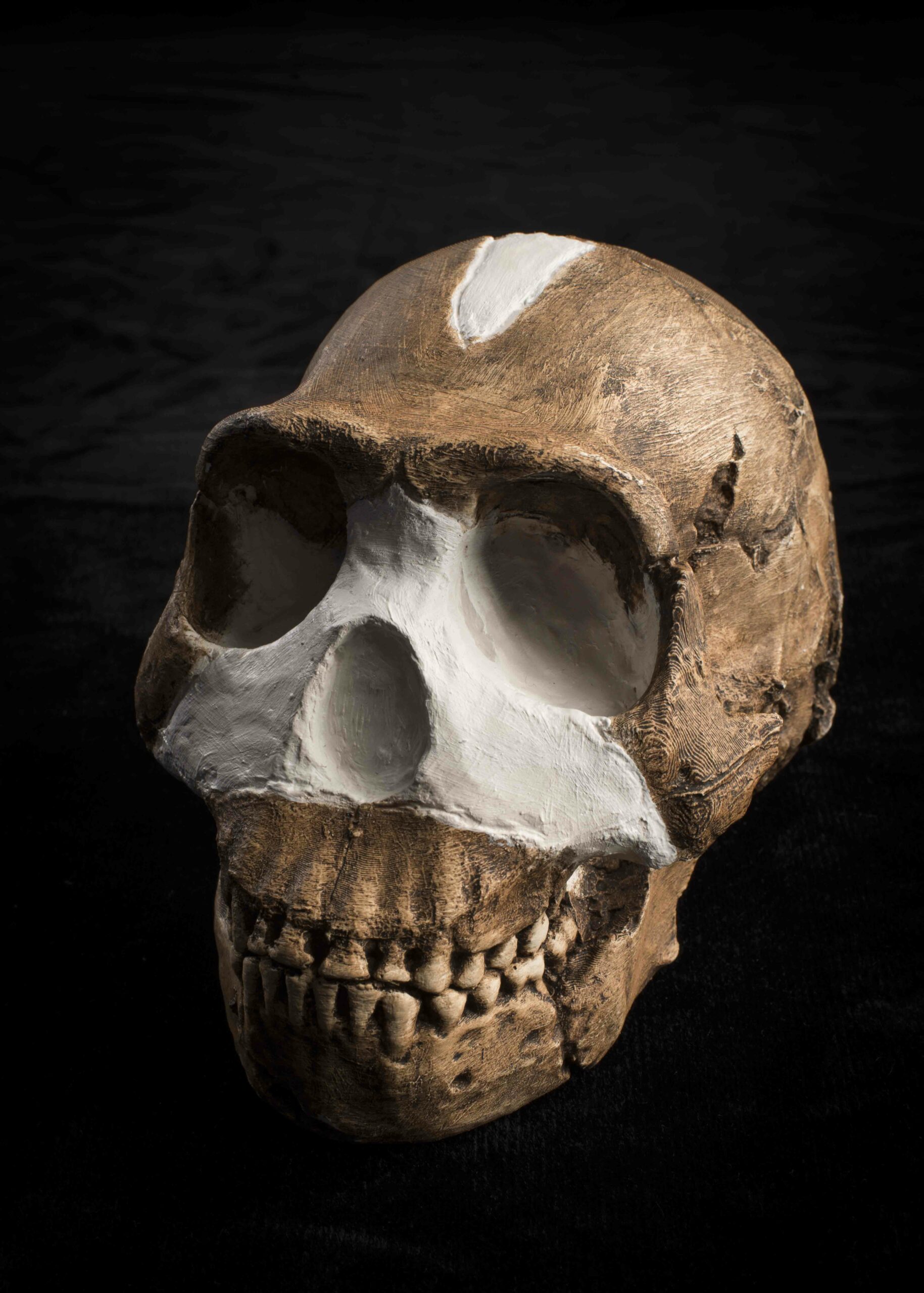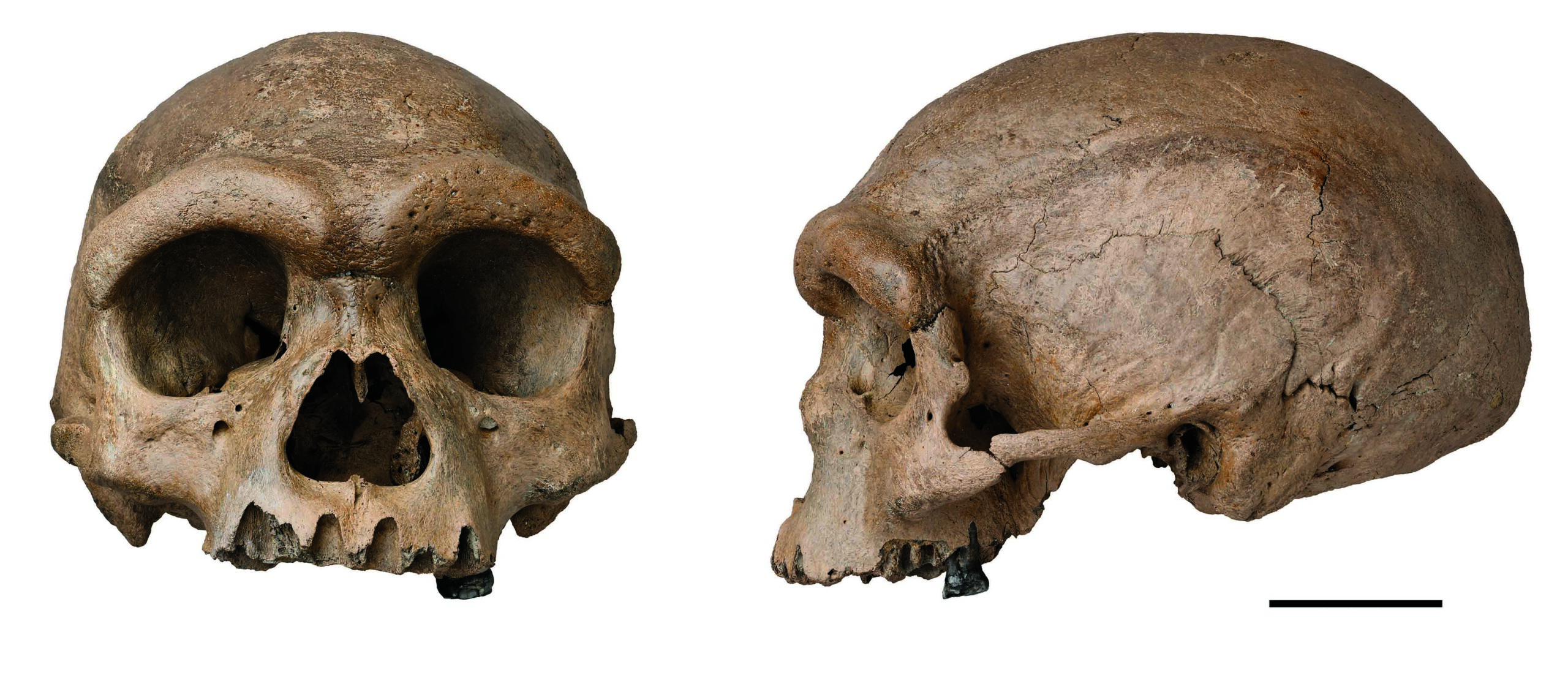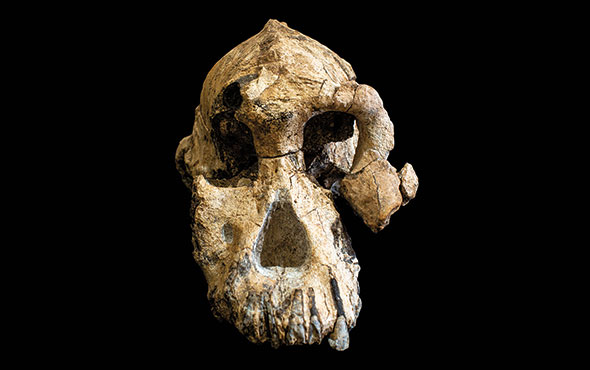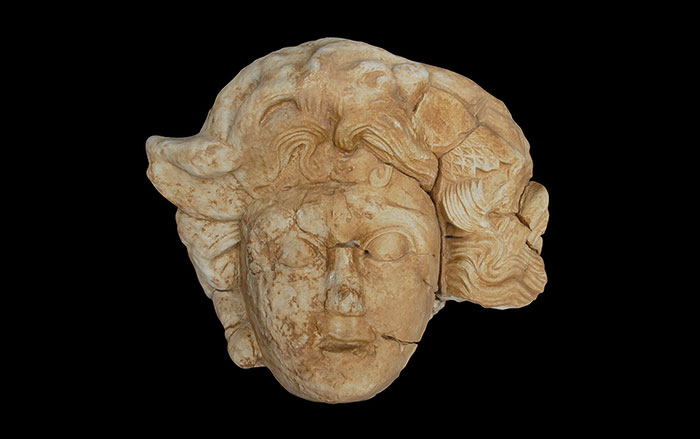
Stone toolmaking has been considered one of the defining characteristics of members of the genus Homo, but this year it was announced that newly discovered tools predate the first known humans. A research team led by Sonia Harmand and Jason Lewis of the Turkana Basin Institute at Stony Brook University found the tools at a site called Lomekwi 3 in Kenya. They are believed to be 3.3 million years old, predating Homo habilis—the first known member of the genus Homo—by about 700,000 years. A group of fossils roughly contemporaneous with the tools was discovered nearby in 1999 and dubbed Kenyanthropus platyops, a small-brained hominin that seemed unlikely to have used tools—until now. Harmand believes that stones were just one part of the early hominin toolkit and says, “Why not think that our ancestors from the beginning were using many, many tools?”











